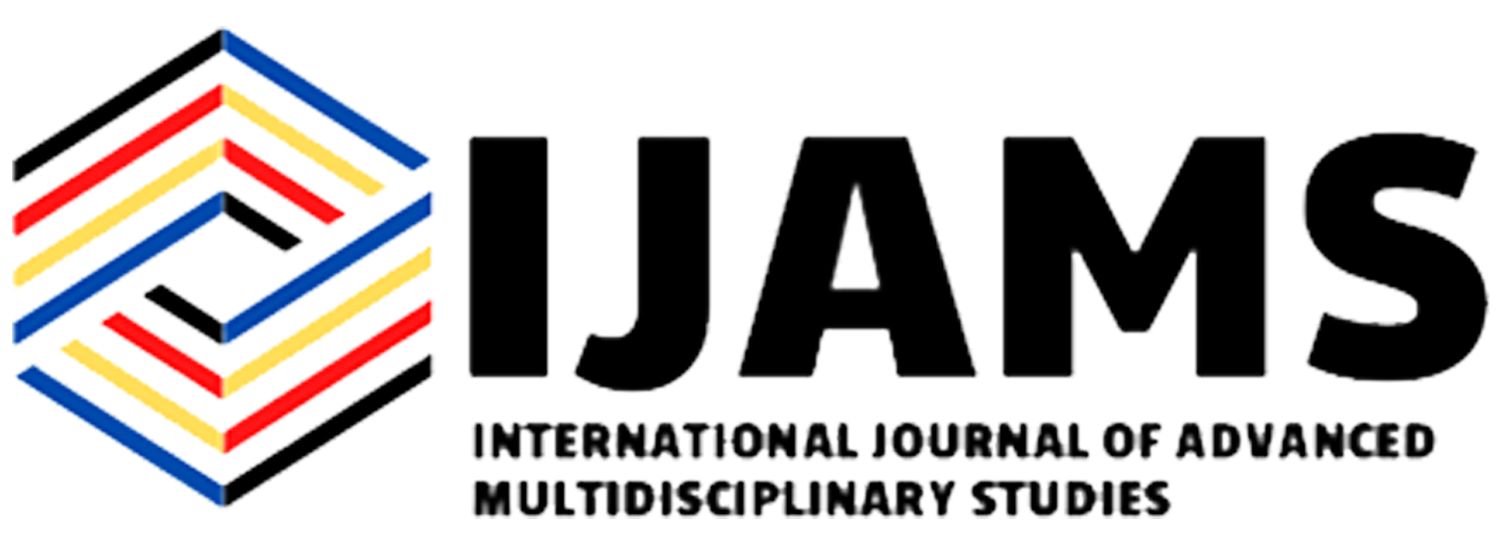ISSN: 2782-893X
eISSN: 2799-0664
 ISSN: 2782- 893X
ISSN: 2782- 893X


Utilizing a descriptive-correlational research design, this study determines the status
of the Parent-Teacher Association (PTA) during the pandemic. The Forty-two (42) respondents
were Parent-Teacher officials. The profile includes sex, age, positions in PTA, and number of years
of being officials were determined. Also, it assessed the status of the Parent-Teacher Association
(PTA) across domains, namely; attainment of objectives, rights and duties, assistance to school
programs, and community development. Then, it determined whether there exist significant
differences in perceived status of the Parent- Teacher Association (PTA) across levels profile
variables.
Majority were female (90.5%) and nearly three-fourths (71.4%) were at most 45 years old. The
positions such as president, vice president, treasurer, secretary, auditor, business manager, and
press relation officer were all represented in group and each position representing between 9% and
17%. Nearly half (45.2%) were novice and held positions for at most 2 years while (54.8%) serving
as officers for 3 to 6 years.
With respect to the status of the Parent-Teacher Association (PTA) during the pandemic, it showed
that association’s objectives, rights and duties, assistance to school programs, and role in
community development were attained at 4.01 overall mean. However, distribution of responses
for each domain showed that not all agreed its functions in relation to the four domains were
apparent. Specifically, the number of highly or very highly evident responses, out of a maximum
of 42 responses, attainment of objectives received at most 32; rights and duties at most 36;
assistance to school programs at most 35; and roles in community development at most 39. The
role in community development received the greatest number of evident responses is indicative
that it is the most noticeable and impactful contribution of the association.
When grouped according to profile variables, no significant difference was shown in the perceived
status of the Parent-Teacher Association (PTA) between sex, across age groups, and years of
membership. However, the assessment of the status between the presidents and auditors, a
significance difference was indicated but only for attainment of objectives with the presidents
reporting significantly higher assessment scores.
Thus, an action plan must be implemented to enhance a better parent-teacher relationship